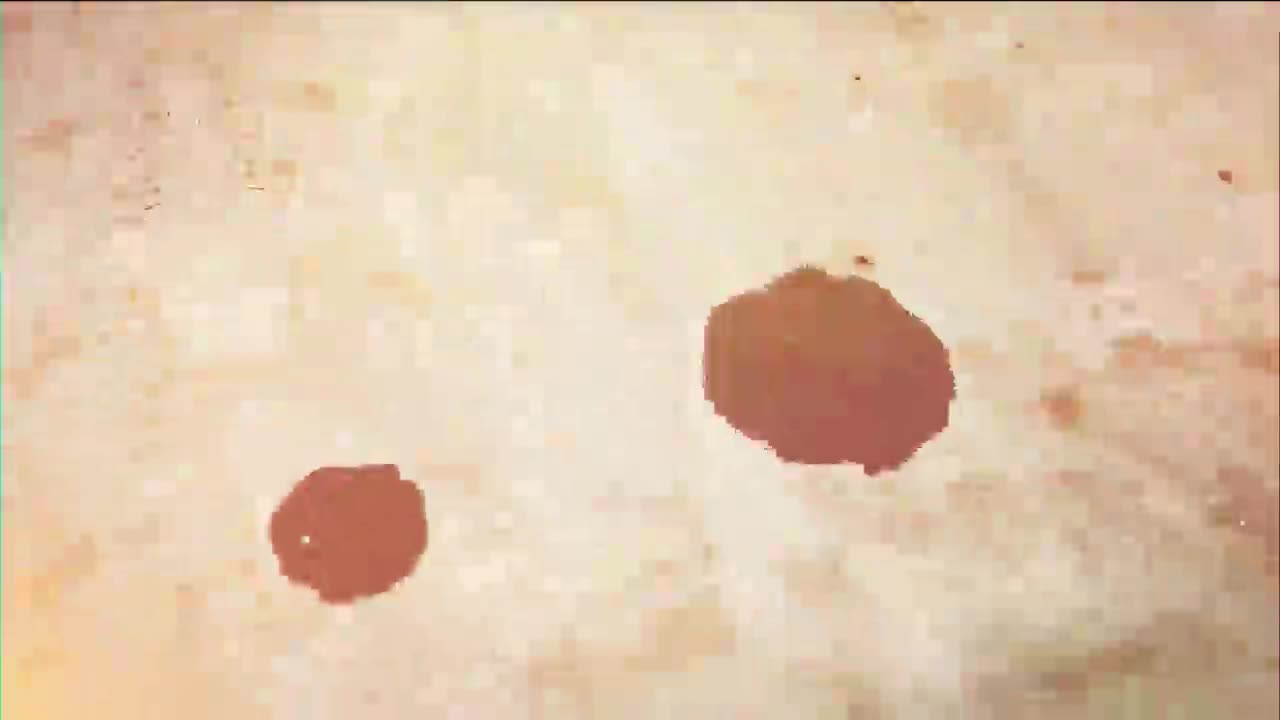Tulsa officials outline coyote safety and stray animal control measures
June 04, 2025 | Tulsa, Tulsa County, Oklahoma
Thanks to Scribe from Workplace AI , all articles about Oklahoma are free for you to enjoy throughout 2025!

This article was created by AI using a video recording of the meeting. It summarizes the key points discussed, but for full details and context, please refer to the video of the full meeting. Link to Full Meeting
To mitigate negative interactions with coyotes, experts recommend several best practices for residents. These include supervising pets outdoors, removing food attractants, eliminating potential shelters, and knowing how to respond during encounters. Residents are advised to keep pets leashed and indoors, secure trash, and clear dense vegetation that could provide hiding spots for coyotes. In case of an encounter, standing one’s ground and using hazing techniques—such as making noise or throwing objects—can help deter coyotes.
The meeting also addressed the broader issue of pet overpopulation in Tulsa. Last year, local shelters took in over 7,000 stray animals, highlighting the urgent need for spaying and neutering pets. This not only improves the health of individual animals but also helps control the stray population, which can pose risks to both pets and public safety. City ordinances require spaying and neutering for pets over six months old unless a special permit is obtained.
Additionally, the Tulsa Police Department reported an alarming average of 200 pedestrian-vehicle collisions annually, many resulting in serious injuries or fatalities. This statistic underscores the importance of community vigilance and adherence to safety measures, such as using crosswalks and being mindful of pedestrians.
As Tulsa continues to navigate these challenges, community engagement and responsible pet ownership will be key in fostering a safer environment for both residents and wildlife.
Converted from Tulsa - Tulsa Metropolitan Area Planning Commission - Jun 04, 2025 meeting on June 04, 2025
Link to Full Meeting
Comments
View full meeting
This article is based on a recent meeting—watch the full video and explore the complete transcript for deeper insights into the discussion.
View full meeting